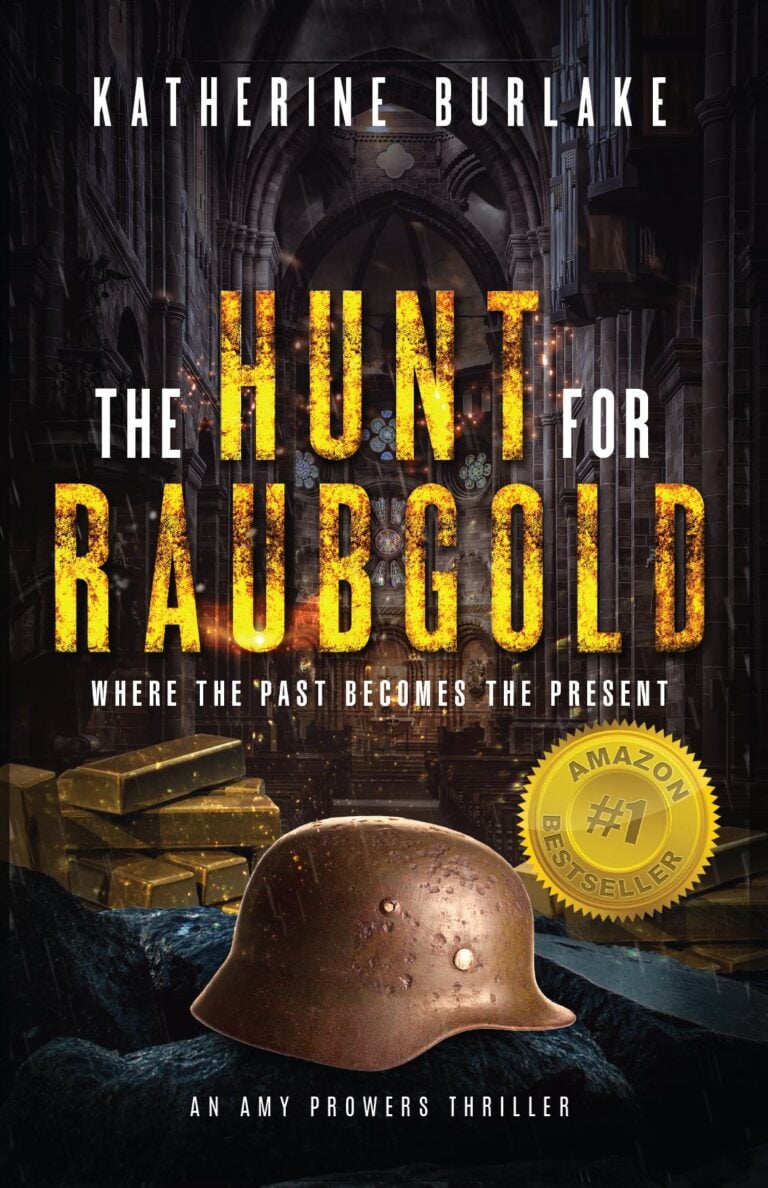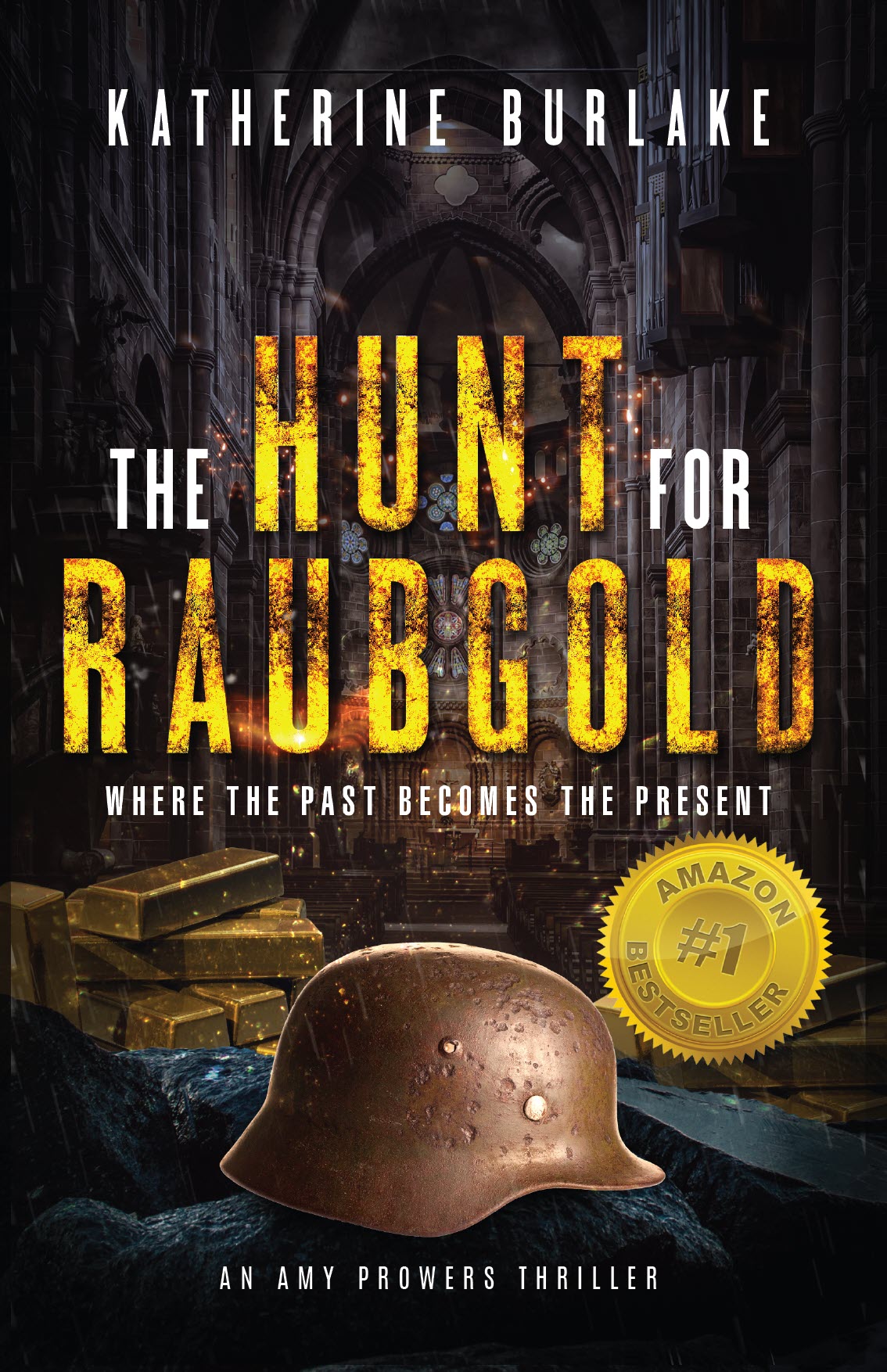Katherine Burlake’s mystery THE HUNT FOR RAUBGOLD starts off strong enough—a small avalanche smashes the garage wall of Amy Prowers’ mountain home in Vail, Colorado. Digging out the aftermath, Amy discovers her late husband Vince’s backpack, which she thought had been destroyed in a fatal explosion that took his life decades earlier. Inside is a map and journal chronicling Vince’s years-long, obsessive search for the Raubgold—a cache of gold stolen by the Nazis during World War II from countries they invaded and the peoples they persecuted.
After hooking the reader with an interesting action sequence, an author must zoom out with exposition to help the reader inhabit the world of the characters. Throughout the novel, Burlake relies on exposition through dialogue. For example, in chapter two when Amy’s aunt, Sonora, speaks to Amy about Vince’s death: “To think, twenty years ago,’ said Sonora, ‘we thought the bag was destroyed when terrorists blew up his truck in northern Pakistan.” The awkwardly detailed dialogue is solely for the reader’s benefit. Sonora wouldn’t have to clarify those details for Vince’s widow. Organic exposition could have happened during Amy’s train ride at the beginning of chapter three, where Burlake could have dived into Amy’s thoughts and memories, developing her character and relationships with others.
The novel is thick with dialogue but thin on internal reaction and reflection. After a shocking revelation readers see very little reaction from the characters. It’s like watching a movie where the characters’ facial expressions and body language never change. The reader struggles to get to know characters with any level of complexity. A missed opportunity for inner reflection shows in Amy’s reaction to the news of a man’s murder—a man she had dined with the night before and was counting on for information: “Amy expressed regrets but wasn’t sure what else to say or what she could do. The …murder upset her.”
The shocked reader anticipates Amy’s reflection on the incident. A chance for deeper development of the scene and Amy’s character is lost with her tepid response.
On pacing, scenes shift so quickly from chapter to chapter that the characters hardly settle into a scene or conversation before it changes, so readers glimpse the setting and mood rather than inhabit a fully realized world. The plot travels at about 50 mph with a lot of detail repetition until the last few pages, where it rockets to 200 mph before abruptly ending; the reader suffers a bit of narrative whiplash. On the other hand, some too-early reveals undermine the suspense. Very early in the novel, we learn a central character is playing both sides—in support of and against the neo-Nazis. With that mystery revealed, the reader loses some interest. Burlake is clearly a strong researcher and incorporates a healthy dose of historical facts in her work. Despite some narrative shortcomings, readers will want to read it to the end for the outcome in the search for the legendary stolen treasure.
Katherine Burlake crafts a compelling premise and strong action sequences in THE HUNT FOR RAUBGOLD, and though readers might be left unsatisfied with the narrative pacing and character and setting development, they’ll still want to find out how it all ends.
~Arly Crawford for IndieReader


